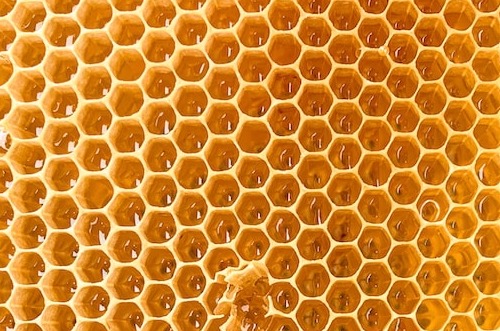
In W20 in the honey landscape, with 420k beehives, Lorestan, Iran, produces 3.8K MT of honey annually. The province which ranked eleventh for honey production in 2022, rose to ninth in 2023. The absence of rain in Spain reduces forecasts for the 2023 honey crop by 85%. Orange flower honey production is expected to be reduced by half, while rosemary and thyme honey production is practically gone. Presently, the assistance for the beekeeping industry provided by the Royal Drought Decree that the government enacted in W19 is wholly insufficient due to high production costs. Given these circumstances, a growing number of beekeepers are being forced to leave the industry, and there is technical bankruptcy in more than 50% of the apiaries in Spain. According to York University research, wild bees residing in cities such as Toronto, Canada, are subjected to more environmental stressors than those living in rural and suburban areas due to more exposure to diseases and parasites. This is one of the biggest challenges to the natural ecosystems of wild bees and their biodiversity, which might worsen as cities grow and landscapes change.
By 2050, it is anticipated that two-thirds of the world's population will be urban residents. In South Korea, a revision of the law, including the amendment to the Agricultural and Fishery Disaster Countermeasures Act, the amendment to the Beekeeping Industry Act, and the Forestry Promotion Act, is being promoted to help beekeepers suffering from the extinction of bees and to support the establishment of apiaries around the source of honey. The drought in Morocco has started to have a detrimental impact on the oldest apiary in the world, located in the Atlas Mountains. Exceptional honey produced by thousands of bees dispersed throughout the region has been destroyed for months due to global warming. Lastly, Egypt accounts for more than 25% of bee exports globally, and the number of beehives in Egypt reached 2M hives annually.





